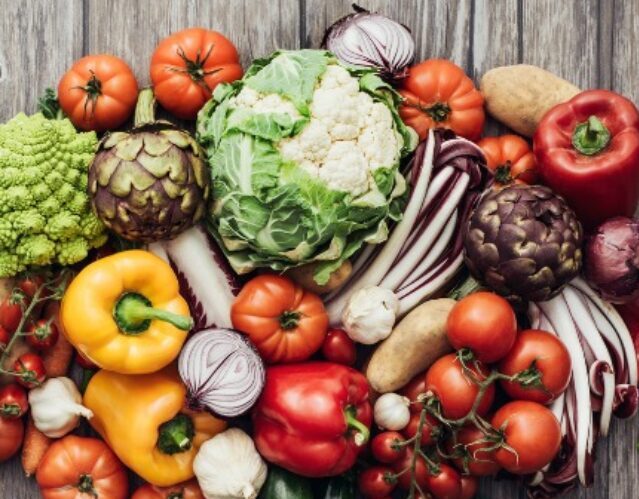
Cucumber, a staple in salads, is not just a refreshing and healthy vegetable but also holds significant traditional and religious importance. Its inclusion in the Chappan (56) bhog prasad for Janmashtami is rooted in cultural symbolism.
Krishna Janmashtami, celebrated in August or September on the eighth day of Bhadrapada, marks the birth of Lord Krishna. The festival, which occurs at midnight, is a grand celebration of the restoration of dharma and the triumph of good over evil.
Scriptures suggest that a cucumber with its stem symbolizes the umbilical cord connecting Lord Krishna to his mother, Devaki. In some traditions, a coin is used to cut the stem of the cucumber on Janmashtami. Another belief is that the cucumber is hollowed out to hold Lord Krishna’s idol, which is revealed at midnight to represent his birth from Devaki’s womb.
Apart from makhan-mishri, panjiri, and other items, cucumber is added to the 56 bhog offerings as it is believed to bring joy to Lord Krishna.
The festival is marked by vibrant celebrations, with temples and fairs illuminated, and Ladoo Gopal placed on a decorated swing in many North Indian states. The sounds of “Aayo re Nandlal” fill the air at midnight as devotees celebrate Lord Krishna’s birth.
Cucumber, abundant during this season, is used not only in religious offerings but also in salads, sandwiches, and curries. Rich in vitamin K, cucumber supports bone health and offers refreshing, hydrating benefits, making it a valuable addition to summer diets.















